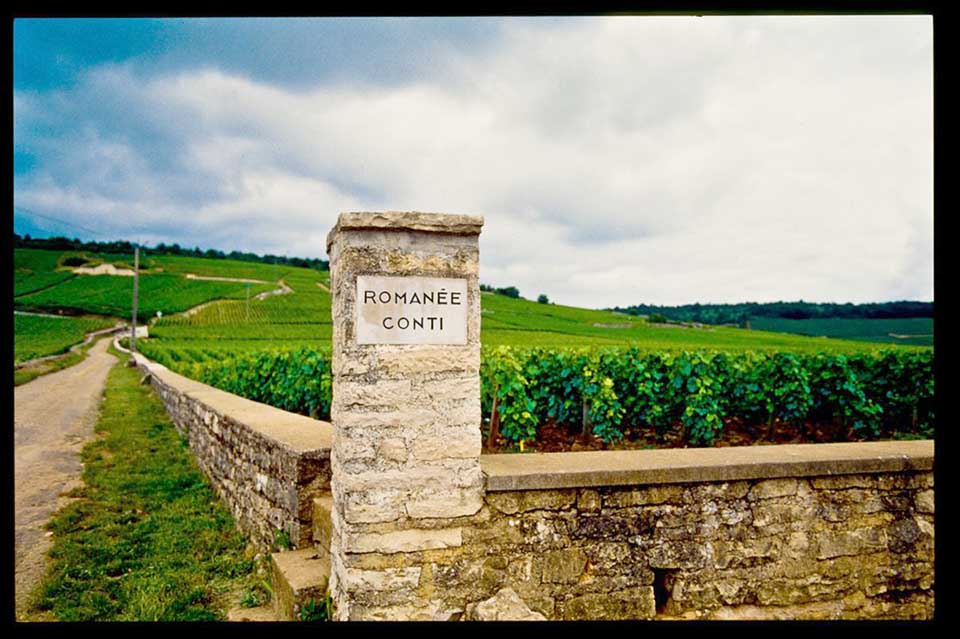
In the fading summers of yesteryear, I used to drive into the wine lands of Burgundy simply to delight in being surrounded by its gentle hills and illustrious vineyards. It was an easy trip from London, especially with an overnight stop en route to sample the cultural and culinary delights of Paris. I liked to take the Route National N74 south of Dijon (of mustard fame) and then just potter south towards the ancient and historic town of Beaune, through timeless sleepy villages with names that evoked the greatest wines of Burgundy, indeed some of greatest wines in the world. That stretch of countryside incidentally, is known as the Côtes de Nuits, named after the sprawling hamlet of Nuits St. George which dates back to Gallo-Roman times.
Many classic wine regions are known for either their white or their red wines, but not often for both. Burgundy is a bit unusual in that both its white and red wines are some of the best anywhere. Wine writer Hugh Johnson once described white Burgundy as “the greatest white wine anywhere in the world.” He could have added that the top Burgundies are also some of the most expensive wines you can get. Except that you can’t often get them, especially on these sunny shores. There are several reasons. Firstly, the most exalted vineyards are comparatively small, so there’s a limit to the annual output and mass-harvesting methods are inappropriate. Secondly, there’s an enormous world demand for Burgundy especially from China’s nouveau-riche. Demand far exceeds supply, with the result that every year the prices get higher and higher. Thirdly, red Burgundies have another potential problem. They’re all made from one grape variety, the Pinot Noir, which can be difficult to grow at the best of times and in Burgundy’s unpredictable climate they’ll sometimes refuse to ripen properly if the weather is not to their liking.
One of the most well-known wine companies in Burgundy is Louis Jadot. Founded in 1859, they produce up to a hundred and thirty different wines ranging from budget Burgundies to top-flight Grand Cru with eye-watering prices. Jadot wines are easy to spot, because they all carry the same distinctive yellow logo showing the head of Bacchus, who in case you’ve forgotten (or perhaps never knew) was the Roman God of Wine. Jadot wines are generally made from grapes grown throughout the region – from the chalky hills of Chablis in the north to the rambling lanes of sunny Beaujolais, a hundred-and-sixty miles to the south.
Louis Jadot Bourgogne Chardonnay (white), France (Various outlets)
Right, let’s sort out the label. Sit up straight and make notes if you want. Bourgogne is of course the French word for Burgundy, and Chardonnay is almost the only white grape grown there. Jadot produce a wide range of white Burgundies but really, you can’t go wrong with any of them.
The aroma of this pale gold wine is unmistakable Chardonnay, though quite different from some of its bog-standard Australian cousins. There’s a floral, almost ethereal aroma with faint citrus, vanilla and herbs and also that characteristic creamy quality. You’ll notice the soft and seductive mouth-feel and the flavour of peach, pear, grapefruit, lemon and dry herbs. The wine is certainly dry, but half a degree away from total dryness. There’s a firm structure, soft acidity, light body and a very long dry finish with tangy citrus overtones.
At this price, the wine is a good entry-level Burgundy with quite a bit of character and charm. It’s cheap, but it’s got a bit of class. Enjoy it on its own by all means, but I always think of Burgundy as a food wine. This crisp wine would make a good partner for white meats and poultry, or grilled fish like sea bass and halibut. The wine really does get better when the bottle has been open for half an hour or so, but be sure to serve it at around 10°C as the makers recommend. If you pour the wine into a decanter or wine jug and let the oxygen do its work, so much the better.
Louis Jadot also produces some superb up-market Burgundies, though you’ll have a hard time finding them in these parts. If you’re prepared to fork out the money for a more expensive one, you’ll discover that it probably has more depth and complexity, a richer aroma as well as a rounder and softer texture. The exclusive Louis Jadot Le Montrachet 2010 will set you back Bt. 18,000. “And that’s for a case of twelve?” I hear you tentatively enquire. Well er, no actually. That’s the price for a bottle. But as British wine critic Jancis Robinson rightly says, “Price is an extremely unreliable guide…what a wine sells for often has more to do with advertising hype and marketing decisions than the quality contained in the bottle.”
But that price-tag is modest, compared to the toe-curling prices of top Burgundies. The small community of Vosne-Romanée is one of Burgundy’s brightest stars and produces the finest and most expensive Pinot Noir in the world. How about a magnum (the equivalent of two standard bottles) of 1971 La Tâche, from the legendary Domaine de la Romanée Conti? One jumbo bottle of this pleasing little number can be yours for a mere Bt. 1,250,000. That’s just $41,000 or £25,000. It is of course a fabulous wine – a classic combination of power and finesse with superb concentration of flavours and a legendary silk and velvet finish. Even so, I tend not to drink it very often.
 |
 |
 |





